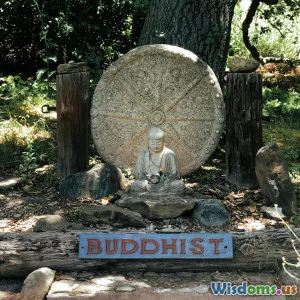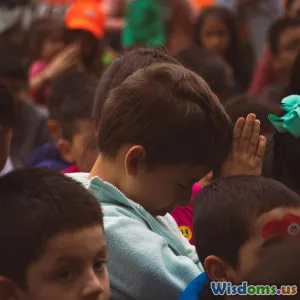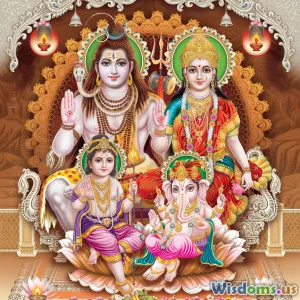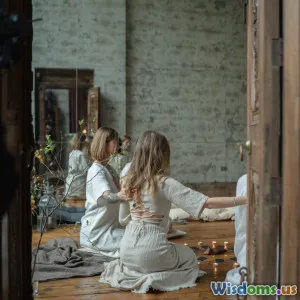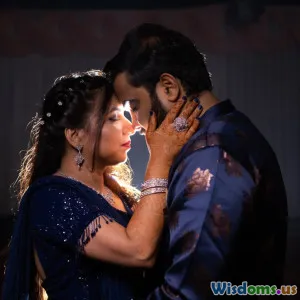
5 Unique Jewish Marriage Rituals You Did Not Know About
9 min read Explore five lesser-known Jewish marriage rituals that enrich and deepen the wedding experience beyond tradition. (0 Reviews)
5 Unique Jewish Marriage Rituals You Did Not Know About
When envisioning a traditional Jewish wedding, images of the bride and groom standing beneath a huppah and the ceremonial breaking of the glass are often the first to come to mind. However, Jewish matrimonial traditions are rich, diverse, and deeply symbolic, with many customs that fly under the radar even among those who celebrate or attend these joyous events. These rituals not only beautify the celebration but reinforce important values, history, and collective memory.
In this article, we dive into five unique Jewish marriage rituals you may not know about, exploring their origins, meanings, and contemporary significance. Whether you are planning a wedding, studying cultural customs, or simply curious, these lesser-known practices offer fascinating insights into Jewish heritage and values surrounding the sacred bond of marriage.
1. The Berit R'fuah (Blessing for Healing Before Marriage)
Before the joyous moments of the huppah, some couples participate in a touching ritual known as the Berit R’fuah, a blessing for health and spiritual protection. Traditionally, this blessing stems from the concept that marriage represents not only romantic unity but a spiritual partnership that requires emotional and physical well-being.
In some communities, this blessing is performed by a rabbi or elder who recites prayers from the Book of Psalms or other sacred texts, invoking divine protection and healing for both parties. This ritual harkens back to biblical practices where blessings precede pivotal life events to ensure strength and health.
Example:
- In Sephardic tradition, a prayer called “Mi Sheberach” may be adapted to focus on healing and protection as the couple embarks on their journey.
By incorporating the Berit R’fuah, couples acknowledge that a healthy marriage starts with holistic well-being – a poignant reminder of the physical and spiritual unity marriage epitomizes.
2. Tena'im (Signing of Marriage Conditions)
While modern weddings often focus on celebrations, historically, Jewish marriages incorporated negotiation and formal agreement steps called the Tena’im. This ritual involves signing a contract outlining mutual commitments between the families before the wedding day.
Though somewhat analogous to a prenuptial agreement, the Tena’im includes blessings exchanged and symbolic actions sealing the agreement, such as the breaking of a plate or a brief festive meal shared afterward. This ceremony formalizes the bond not only between the bride and groom but between their extended families, emphasizing communal responsibility.
Historical Insight:
- Jewish communities in Eastern Europe maintained this tradition rigorously, seeing it as an essential step in validating the union socially and religiously.
Today, some couples choose to honor this ceremony either privately or incorporated into pre-wedding celebrations, blending ancient practice with modern significance.
3. Henna Ceremony (Or Ḥinna) – Pre-Wedding Blessing with Henna
Most commonly associated with Moroccan, Yemenite, and other Sephardic Jewish communities, the Henna ceremony (Ḥinna) is a vibrant ritual rich with music, dancing, and the symbolic application of henna.
The henna paste is carefully applied by female relatives to the bride’s hands and feet, an act believed to bring health, luck, and fertility while warding off evil spirits. This ritual occurs days or weeks prior to the wedding and serves as an intimate gathering where women offer blessings, advice, and shared joy.
Interesting Fact:
- The Henna ceremony resembles offerings in Middle Eastern and North African cultures but is uniquely infused with Jewish liturgical elements and songs.
For communities practicing this ancient ritual, it highlights the importance of female camaraderie and spiritual preparation as the bride transitions to a new phase of life.
4. Bedeken (Veiling of the Bride)
While many wedding guests recognize the moment of the bride’s veiling, Bedeken is much more than a photo opportunity. Rooted in biblical narrative and communal memory, this ritual carries profound symbolic weight.
Before the wedding ceremony, the groom, accompanied by chosen family and friends, approaches the bride to lower the veil over her face. This act honors the story of Rebecca veiling herself before meeting Isaac, reflecting modesty, mystery, and commitment. It also ensures the groom’s recognition of the bride, reassuring both families.
A Modern Perspective:
- The Bedeken signals the groom’s personal acceptance and respect for his bride, fostering intimacy before the public chuppah ceremony.
In many congregations, this is a deeply emotional moment enriched with laughter, blessings, and anticipation, strengthening the bond before the sacred vows.
5. Seven Circles (Sheva B’rachot Reimagined)
Walking in circles around the groom is a fascinating ritual that many might think has a fixed standard, but in fact contains unique cultural variations. Seven Circles traditionally symbolize the creation of a protective spiritual wall around the marriage, and binding of two souls through mystical numerology.
Notably, some Hasidic communities have customarily practiced the bride walking seven times around the groom on their wedding day, whereas other communities vary circles with different interactions—such as chanting or kinship involvement. Each circle resonates with profound symbolism:
- Seven relates to completion and holiness in Judaism
- Circling physically represents protection and encirclement in spiritual life
Quote from Rabbi Adin Steinsaltz: "The circles signify how the couple will create a life surrounded by both protective values and expansive joy."
The Sheva B’rachot (Seven Blessings) Connection
Following the wedding, the couple often participates in the Sheva B’rachot, a week-long series of celebratory meals where hosts recite seven blessings to sanctify the marriage. The ritual circles and blessings together contextualize the sacred tenet that marriage is a divine covenant filled with mystical and communal significance.
Conclusion
Jewish marriage rituals are layers of history, faith, and community weaving rich meaning into every shared moment. Beyond the visible huppah or the breaking of the glass, traditions like the Berit R'fuah, Tena’im, Henna Ceremony, Bedeken, and the Seven Circles reveal the depth and diversity underlying this sacred union.
By learning about these unique customs, we honor the resilience and spiritual creativity of Jewish culture throughout the centuries. For couples and observers alike, these rituals inspire a deeper appreciation of marriage not just as a contract or party, but as a sacred, joyful embodiment of shared life, faith, and future.
Whether one is partaking in or witnessing a Jewish wedding, acknowledging these nuanced rituals connects us to a timeless heritage—inviting us to carry forward blessings of love, health, unity, and spiritual growth.
Sources & Further Reading:
- Rabbi Yossi Eliyahu, "Jewish Wedding Traditions and Their Meanings"
- Encyclopedia Judaica: Marriage Customs
- Goldstein, Rabbi Sheila, "The Henna Ceremony and Jewish Women’s Rites"
- Steinsaltz, Rabbi Adin, "The Mystical Dimensions of Jewish Marriage"
- Interviews with community elders from Moroccan and Ashkenazi Jewish weddings
Rate the Post
User Reviews
Popular Posts












